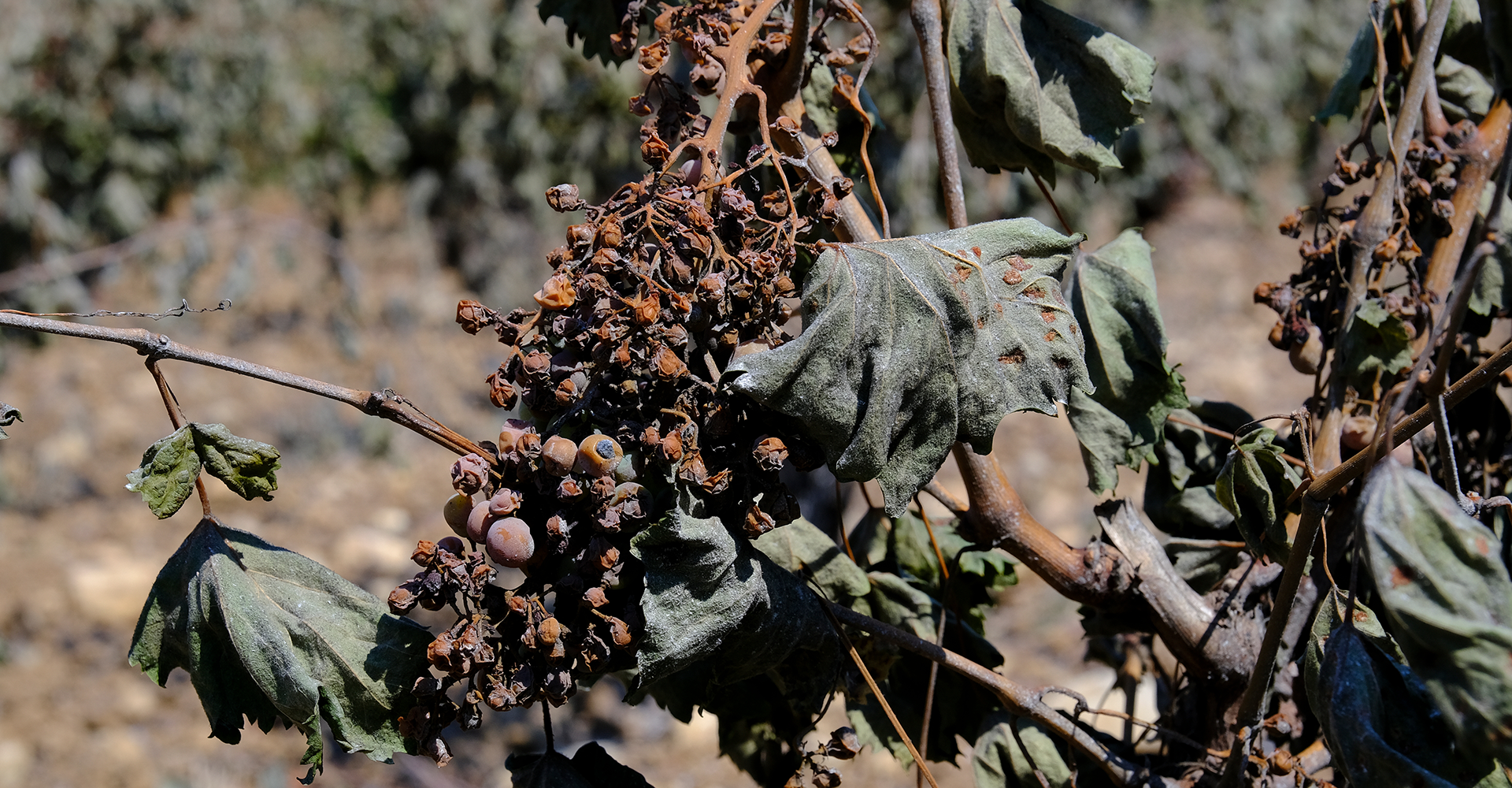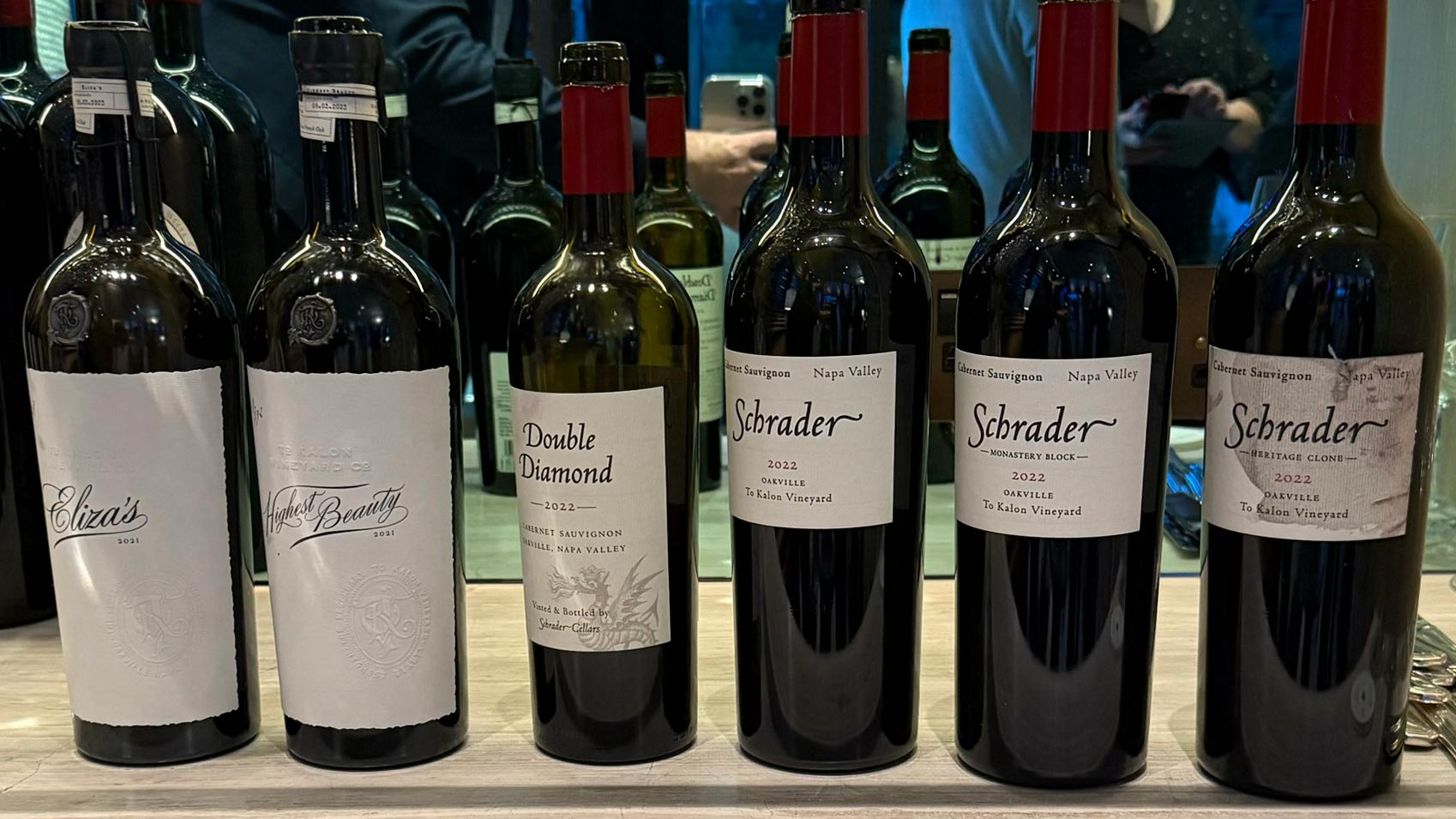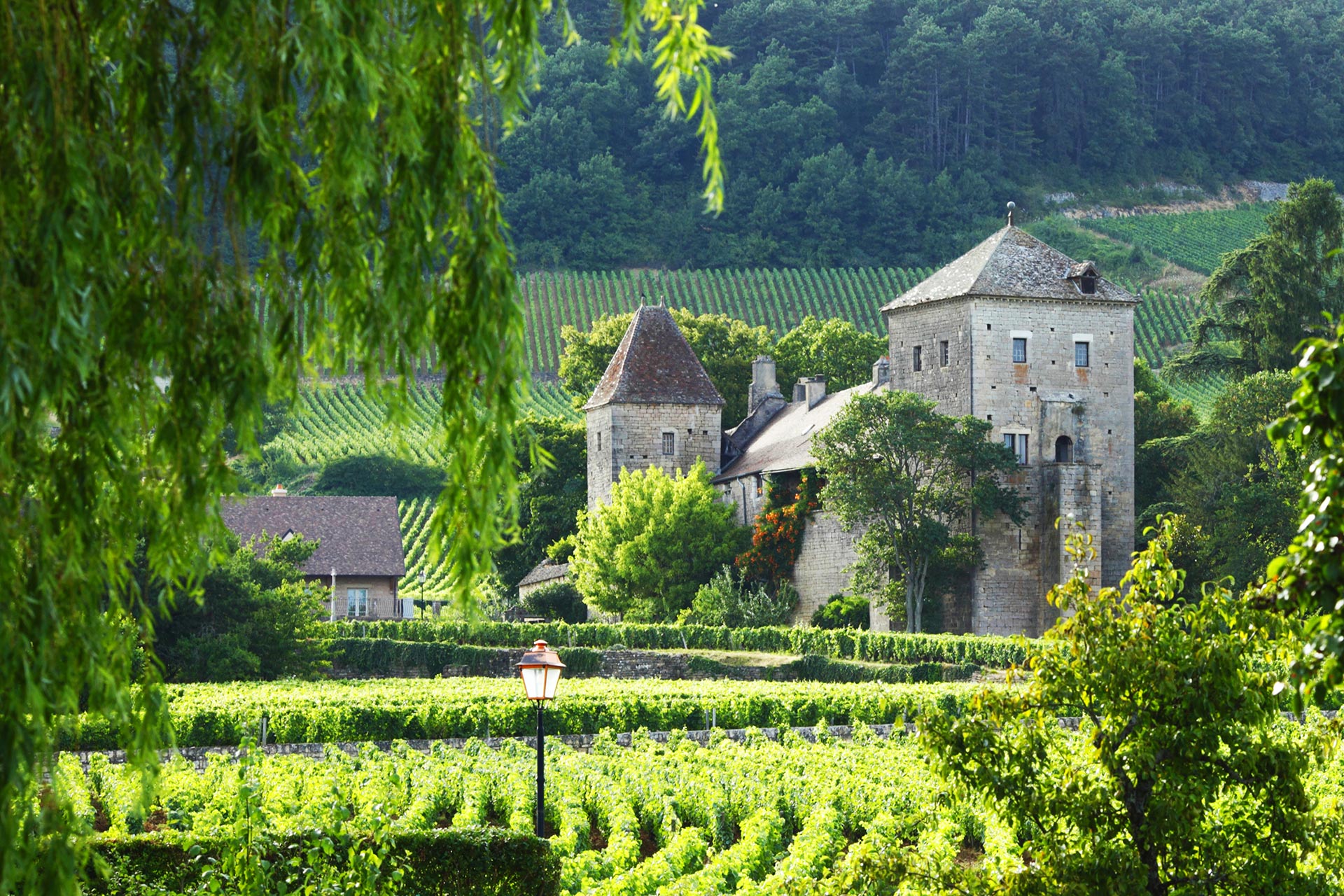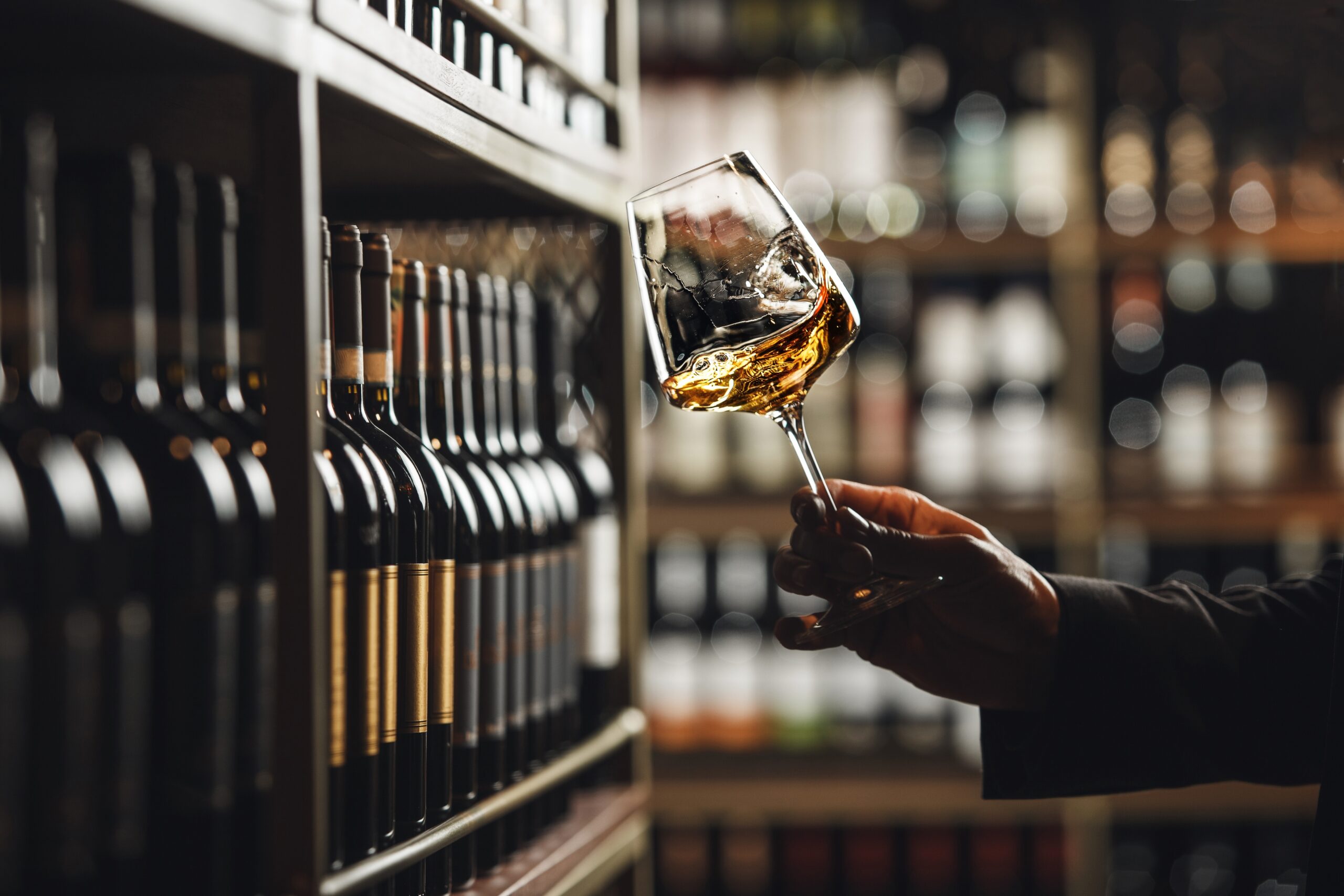Wine Business News and Wine Trends 2025
If you’ve ever looked at your cellar and thought, “Where did all the wine go?”, you’re not alone. Welcome to 2025 — the year the wine world popped its cork and the global vineyard map got redrawn.
According to the latest from the International Organisation of Vine and Wine (OIV), we’ve hit a 60-year low in both production and consumption. That’s not just a bad vintage — it’s a full-blown identity crisis for an industry steeped in centuries of tradition.
Production Plummets: Blame the Weather, Not the Winemaker
The 2024 harvest came in at a sobering 226 million hectolitres, the lowest since 1961. Blame it on climate change — from French frosts to Chilean droughts, Mother Nature’s been on a bender. And with vineyard areas shrinking globally, we’re seeing more vines pulled than bottles popped. This isn’t just a seasonal blip — it’s becoming the new norm.
Wineries are increasingly investing in heat- and drought-resistant varietals and exploring new wine regions previously considered too cold or marginal. Think English sparkling and Norwegian Riesling. Meanwhile, traditional strongholds like Bordeaux and Barolo are reassessing their futures with gritted teeth and irrigation pipes.
Demand Disappears: The Kids Aren’t Alright (with Wine)
Baby Boomers are sipping their last glasses while Millennials and Gen Z are saying “meh” to Merlot. They prefer moderation, innovation, and spirits that sparkle with sustainability. That’s left the industry with a hangover and no aspirin in sight.
It’s not that these younger generations don’t drink — they just drink differently. They’re more likely to pick up a kombucha cocktail or a canned spritz than crack open a crusty Châteauneuf-du-Pape. Wine, to them, often feels fussy, formal, or simply irrelevant.
The Bright Spots: Premium, No/Low, and the Global South
Not all is lost. Premium wines are holding their ground, and the no/low alcohol category is bursting like a bottle of Prosecco on a summer’s day. Emerging markets like India, Brazil, and Mexico are discovering their love for the grape — even if tariffs and logistics make exporting there as tricky as pairing sushi with Syrah.
In fact, the premium sector is growing, not shrinking. Consumers may be drinking less, but they’re sipping better. The $20+ bottle has replaced the case of supermarket blends for many who still enjoy a good glass, albeit with more intention and occasion.
Meanwhile, brands that deliver on eco-credentials and authentic storytelling — think biodynamic winemaking, carbon-neutral shipping, and community-based production — are finding surprising traction. Transparency isn’t just trendy; it’s table stakes.
The U.S. Market: A Case of the DTC Blues
In the States, Direct-to-Consumer (DTC) sales are down, tasting rooms are emptying, and wine clubs are suffering subscription fatigue. But savvy small wineries are still thriving — especially those who get digital, personal, and flexible.
There’s a growing divide between the haves and have-nots. Wineries with robust CRM systems, e-commerce platforms, and customer engagement strategies are weathering the storm better than those clinging to wholesale channels and quarterly club emails. Younger buyers expect a frictionless online experience and instant, personalised service — not a quarterly six-pack of unknowns.
Wine Trends 2025: Innovation or Oblivion
This isn’t just a market wobble; it’s a tectonic shift. The wine industry must:
- Embrace regenerative viticulture that enhances soil health, biodiversity, and resilience
- Reduce glass weight and carbon footprints, replacing bulky bottles with lightweight, recyclable options
- Innovate formats (cans, AR labels, bag-in-box, and paper bottles)
- Build DTC with smart tech, personalised automation, and frictionless UX
Most importantly, brands need to speak Gen Z — think less Latin label, more TikTok tale. Wine needs new stories, new rituals, and new voices. There’s room for everything from zero-alcohol Grenache to fizzy orange pet-nats — but not if your website still looks like it was built in 1999.
Final Pour: Adapt or Decant into Obscurity
2025 isn’t the end of wine — it’s the end of wine as we knew it. Those who blend tradition with tech, terroir with trend, and storytelling with sustainability will thrive. The rest? They’ll be history, sediment at the bottom of a dusty bottle.
Wine doesn’t need to be saved. It needs to be reimagined.



